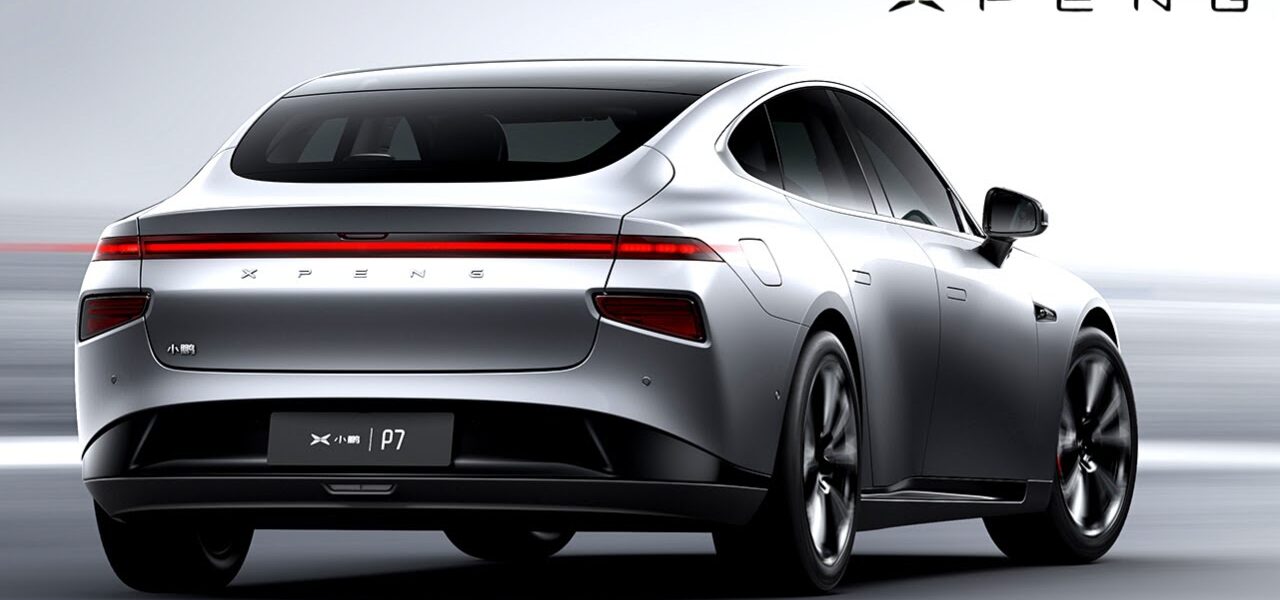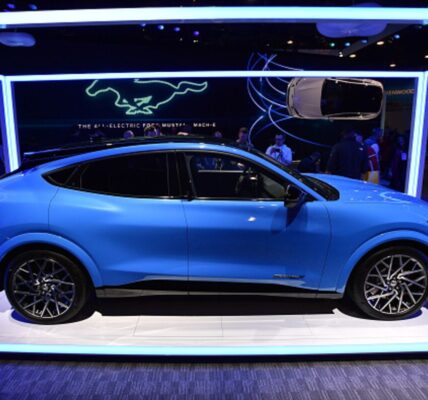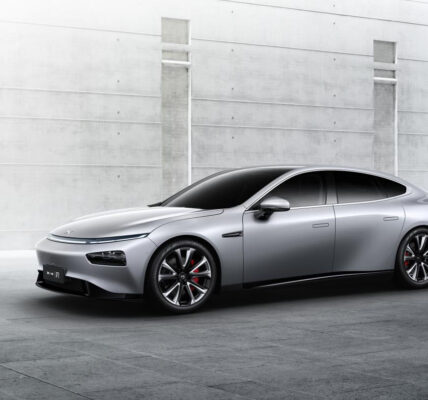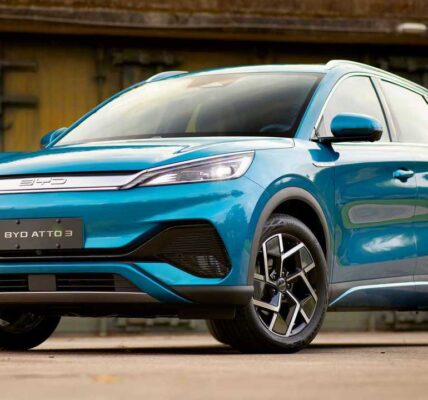The Guangzhou-based automaker will be the first to deploy lidar tech in a production electric vehicle.
Xpeng Motors has selected Livox, a leading manufacturer of lidar equipment, to deploy its automotive-grade lidar technology in Xpeng’s 2021 production vehicles. We recently reported that Xpeng would be the first company to deploy lidar technology in a production electric vehicle.
Livox customized its “Horiz” lidar sensor (the automotive-grade version of its Livox Horizon) for Xpeng, not only meeting automotive-grade requirements but also meeting an acceptable price point while delivering the reliability necessary for production automobiles.
The implementation of lidar in Xpeng’s ADAS system, called XPILOT, will further enhance the system’s safety as well as the ability to cover a comprehensive range of driving scenarios necessary for advanced driver’s assist systems.
Livox is enhancing the detection range of its Horiz sensor to 150m (for objects at 10% reflectivity), enabling Xpeng’s XPILOT to easily detect any remote obstacle while operating on highways as well as secondary and tertiary roads.
Xpeng tells us that Livox’s customized system for Xpeng also includes a new “ultra FPS” (Frames Per Second) lidar technology concept. Through a cleverly designed rotating-mirror technology, the objects within the lidar’s ROI (Region of Interest) will acquire a 20Hz point cloud data when the whole system is working at a frame rate of 10Hz.
The new ROI point cloud density is therefore increased to 144 lines equivalent at 0.1 second without the need for extra laser transmitters. The increased point cloud density enables faster detection of tiny objects on the road surface, including pedestrians, bicycles, and traffic cones.
The horizontal field of view of Horiz has also reached 120°. This greatly enhances the driving experience by resolving many persistent challenges faced by drivers, including the removal of blind spots against potential cut-in vehicles.
The addition of lidar effectively improves the vehicle’s high-precision recognition performance, significantly enhancing the entire vehicle’s perception capabilities, particularly the accuracy and spatial resolution in the horizontal and vertical axes, enhancing the ability to avoid pedestrians and static obstacles. Coupled with lidar’s ability to monitor small obstacles regardless of ambient light levels, which will provide greater safety redundancy for XPILOT’s ADAS functions.
Xpeng’s XPILOT 3.0 already integrates 12 ultrasonic sensors, 5 high-precision Bosch 5th generation millimeter-wave radars, 13 autonomous driving cameras, and uses NVIDIA Drive Xavier, NVIDIA’s most advanced autonomous vehicle chip, as well as QUALCOMM’s top-line in-vehicle processor, the Snapdragon 820A.
Adding lidar to the mix will not only provide a greater level of safety redundancy by allowing more accurate imaging of the road situations, but will also enhance target detection, measurement accuracy, performance in low ambient light, and other challenging perception conditions. It will significantly improve the overall performance of Xpeng’s NGP (Navigation Guided Pilot), AEB (Autonomous Emergency Braking), and other functions.
XPeng’s P7 with XPILOT 3.0 has been called China’s first “L3 autonomy-ready” production vehicle and should begin getting the lidar addition sometime in the first quarter of the year. Once COVID-19 travel restrictions have been relaxed, we plan to visit Xpeng’s headquarters in Guangzhou, China to see first hand just how well the system works.







